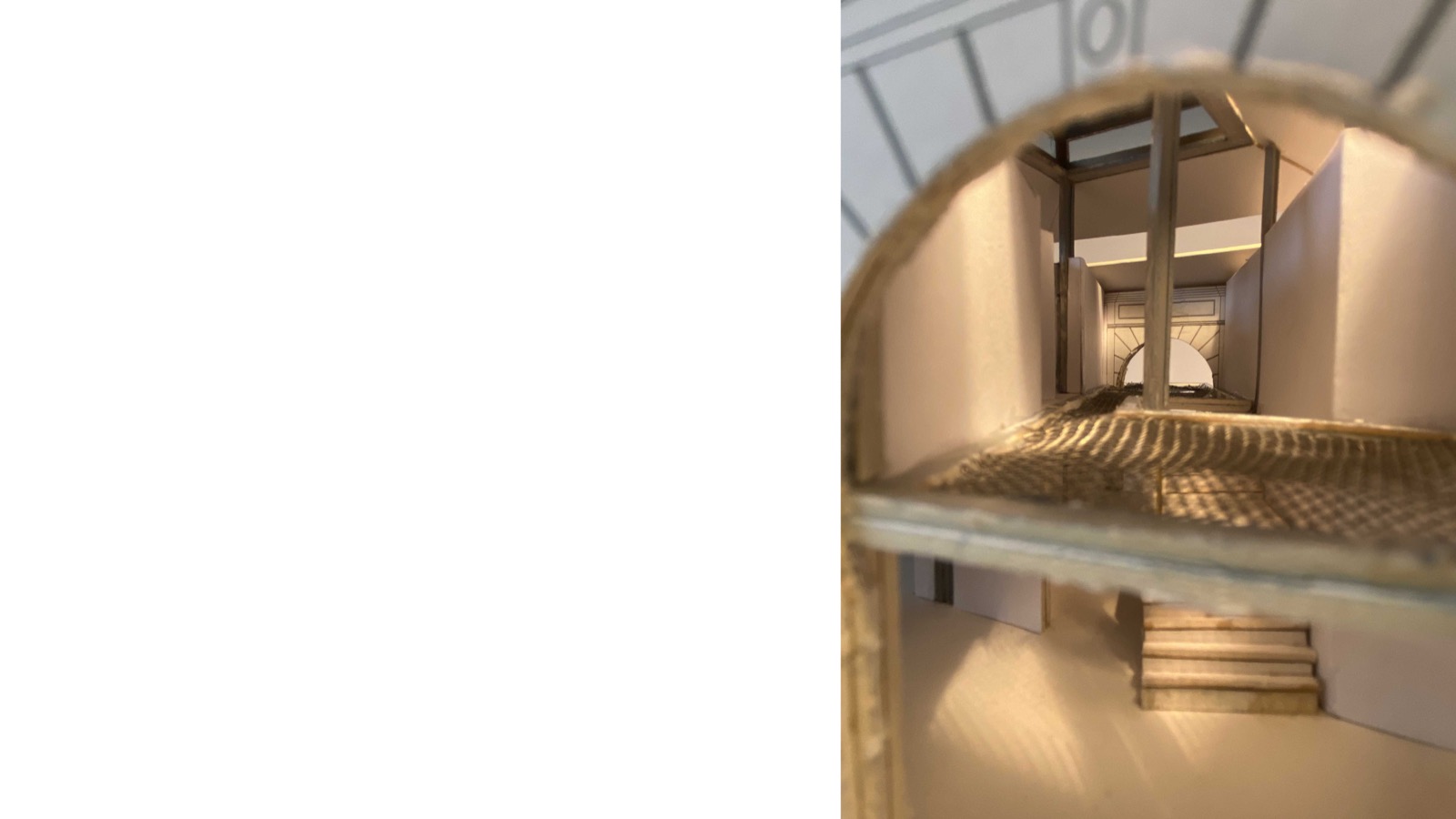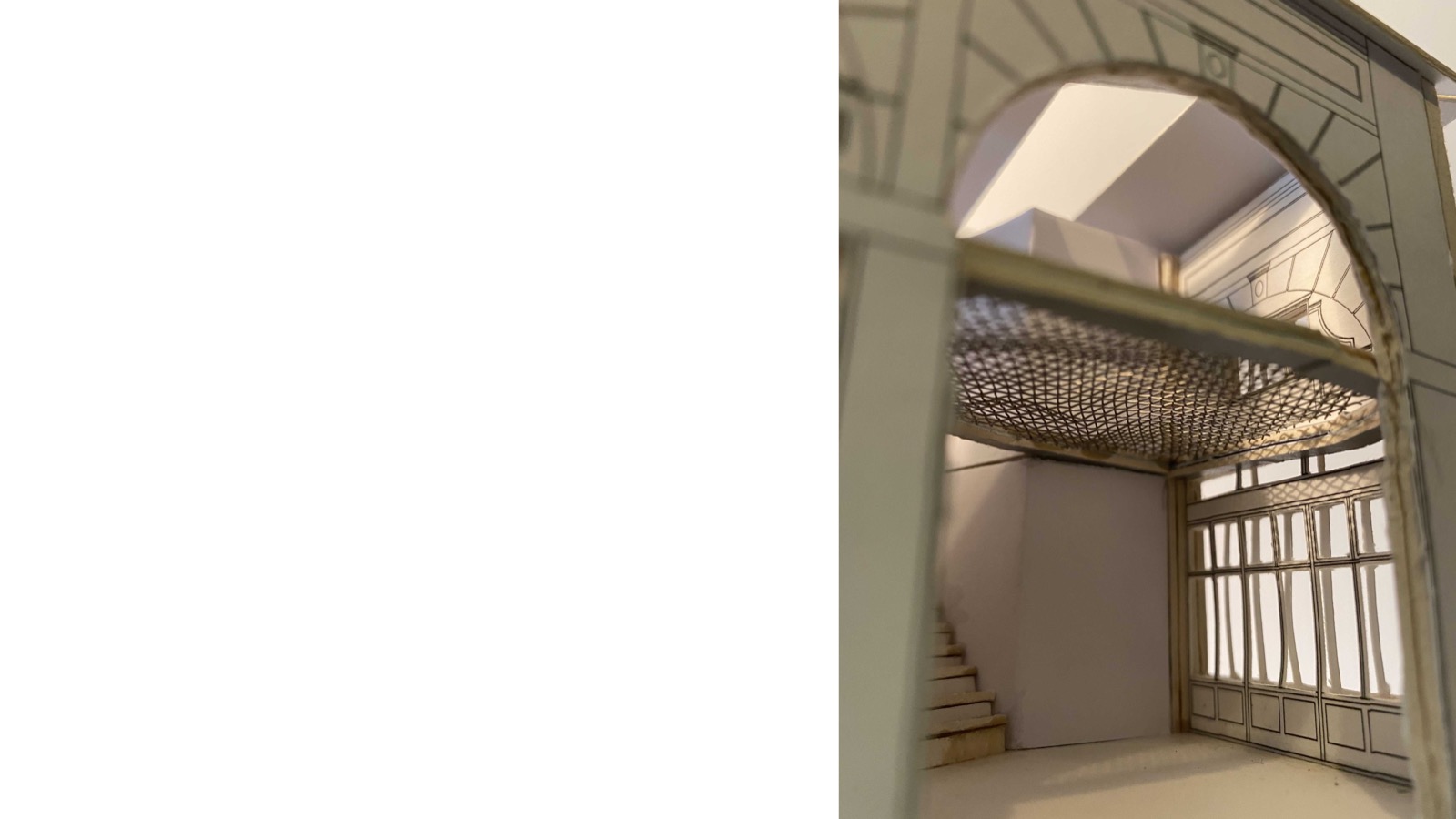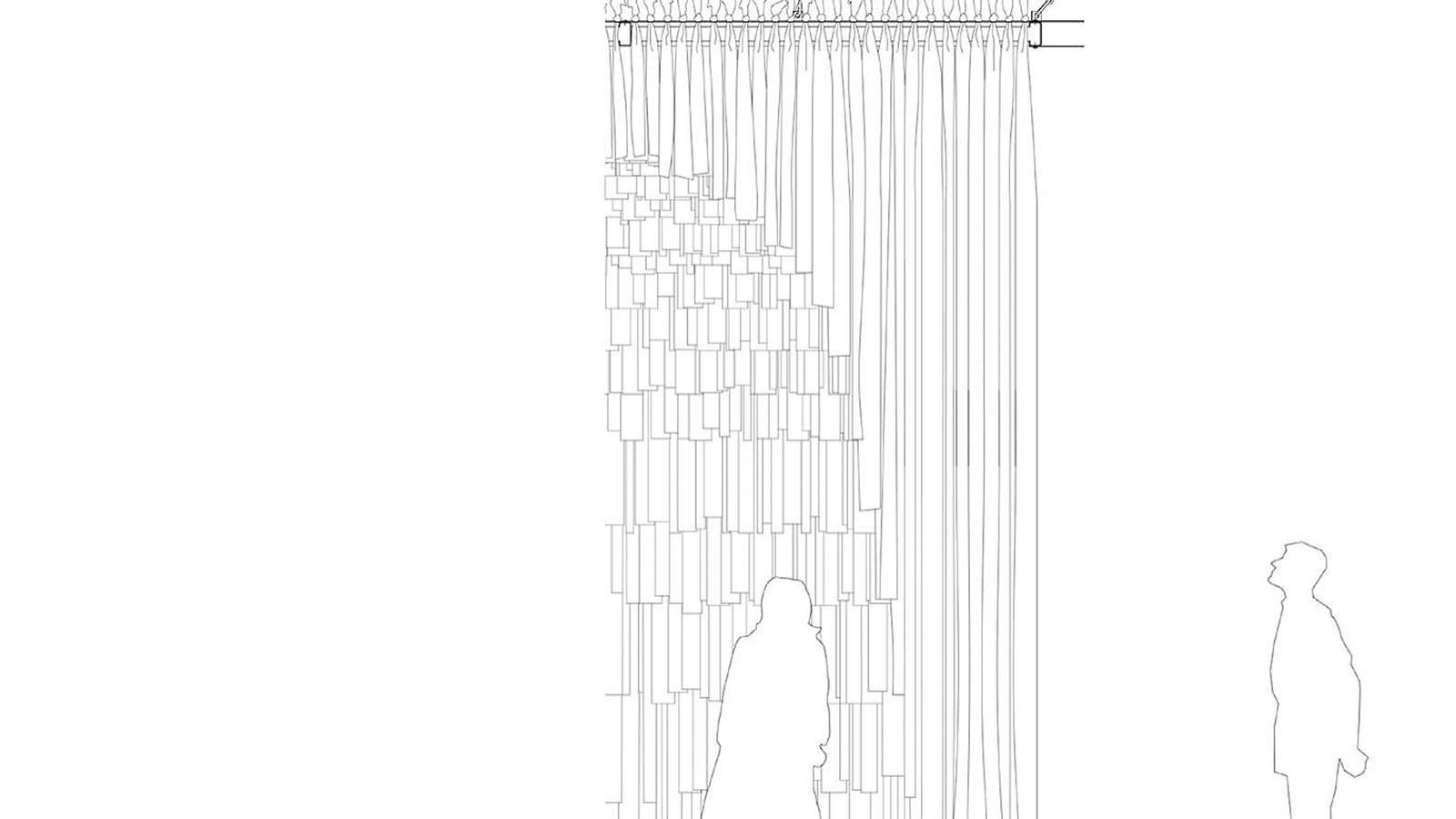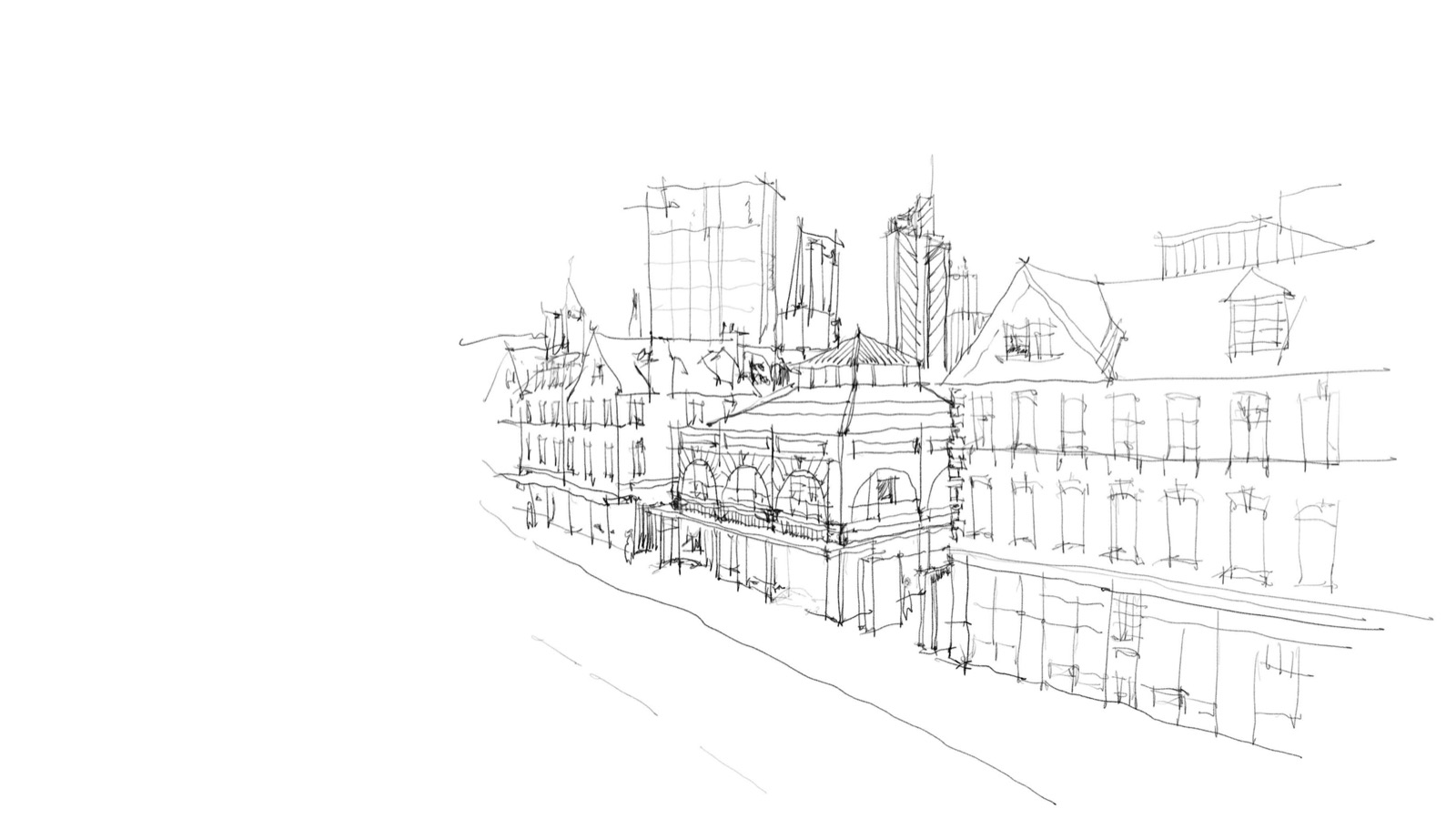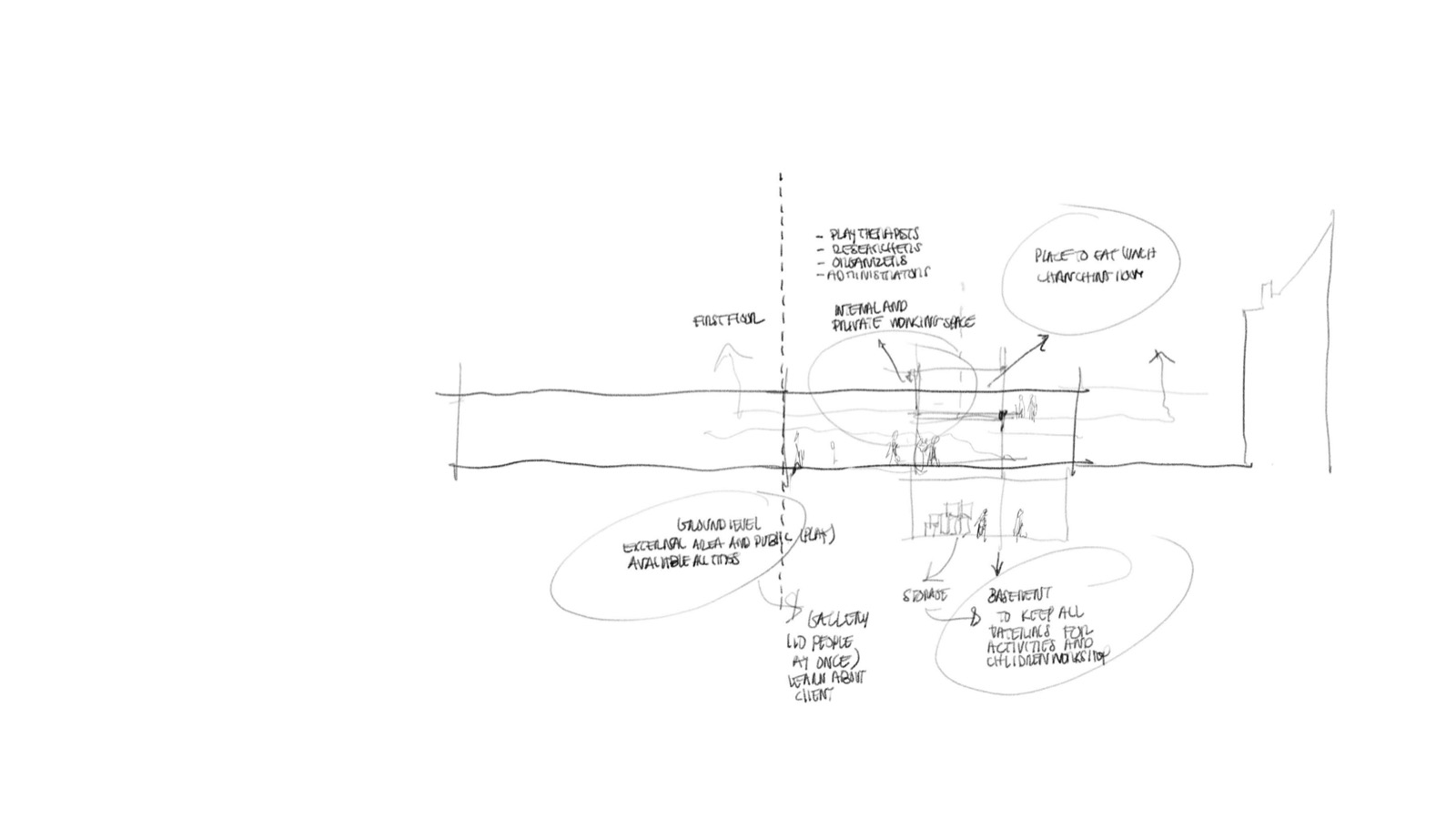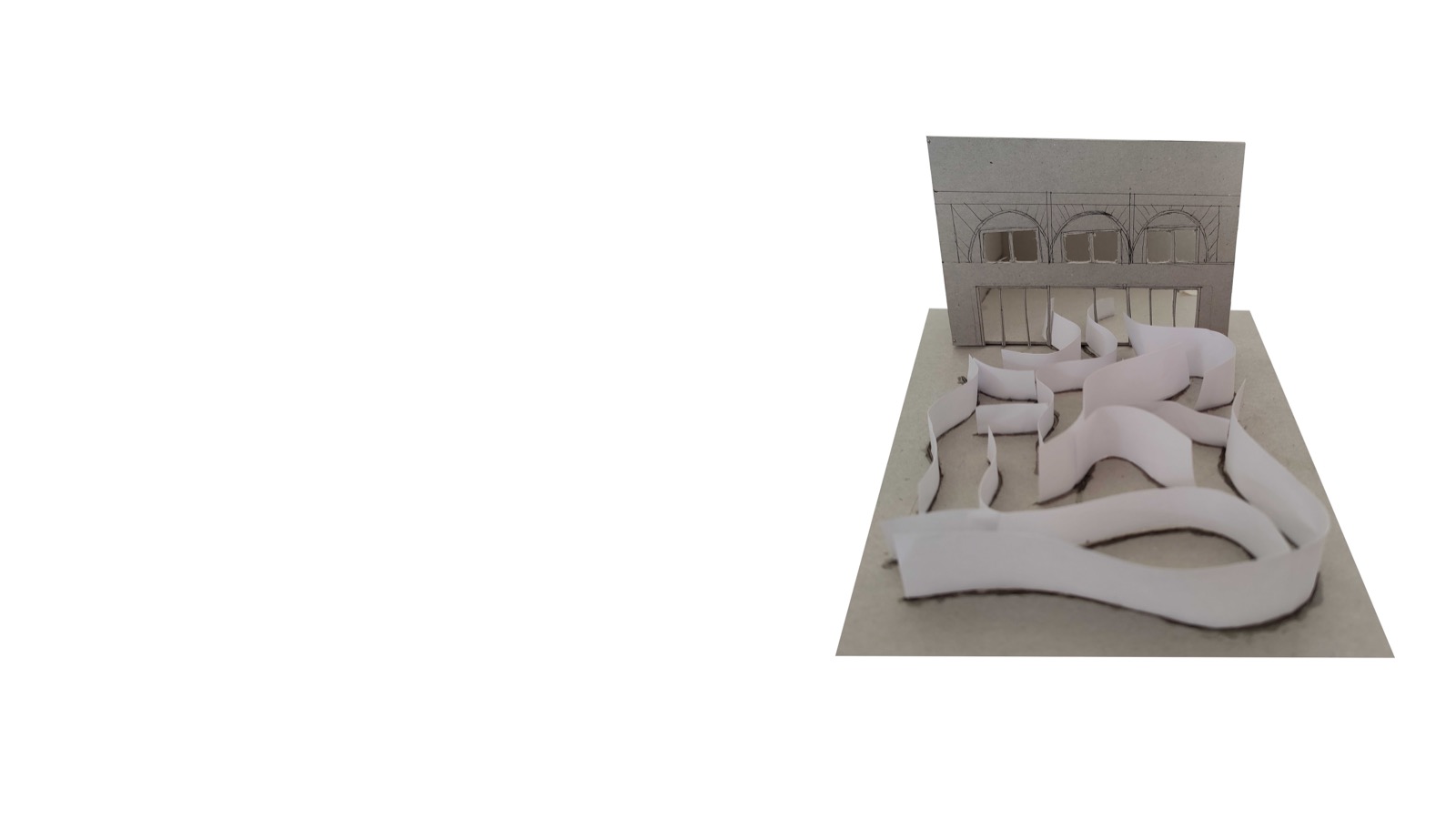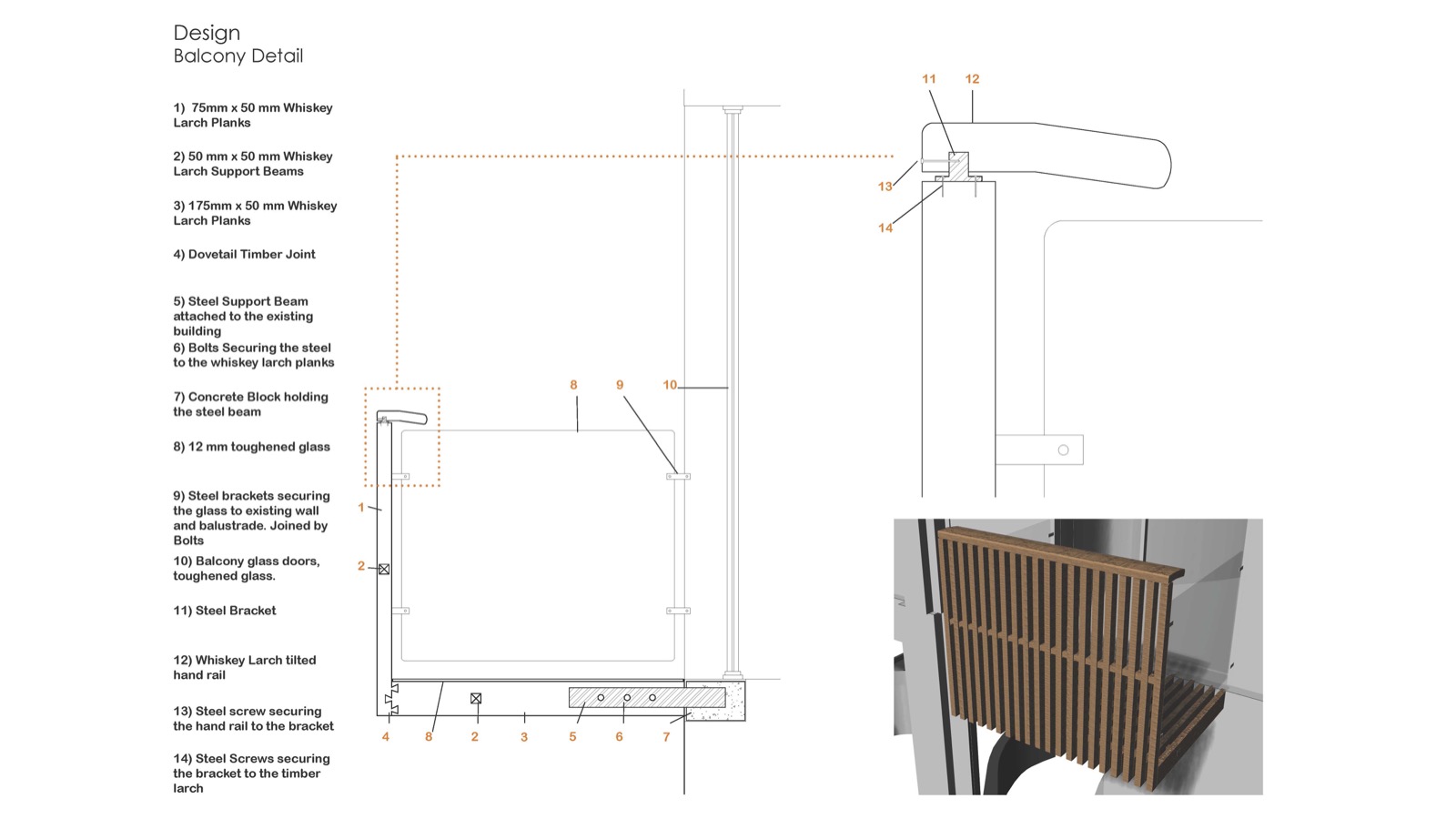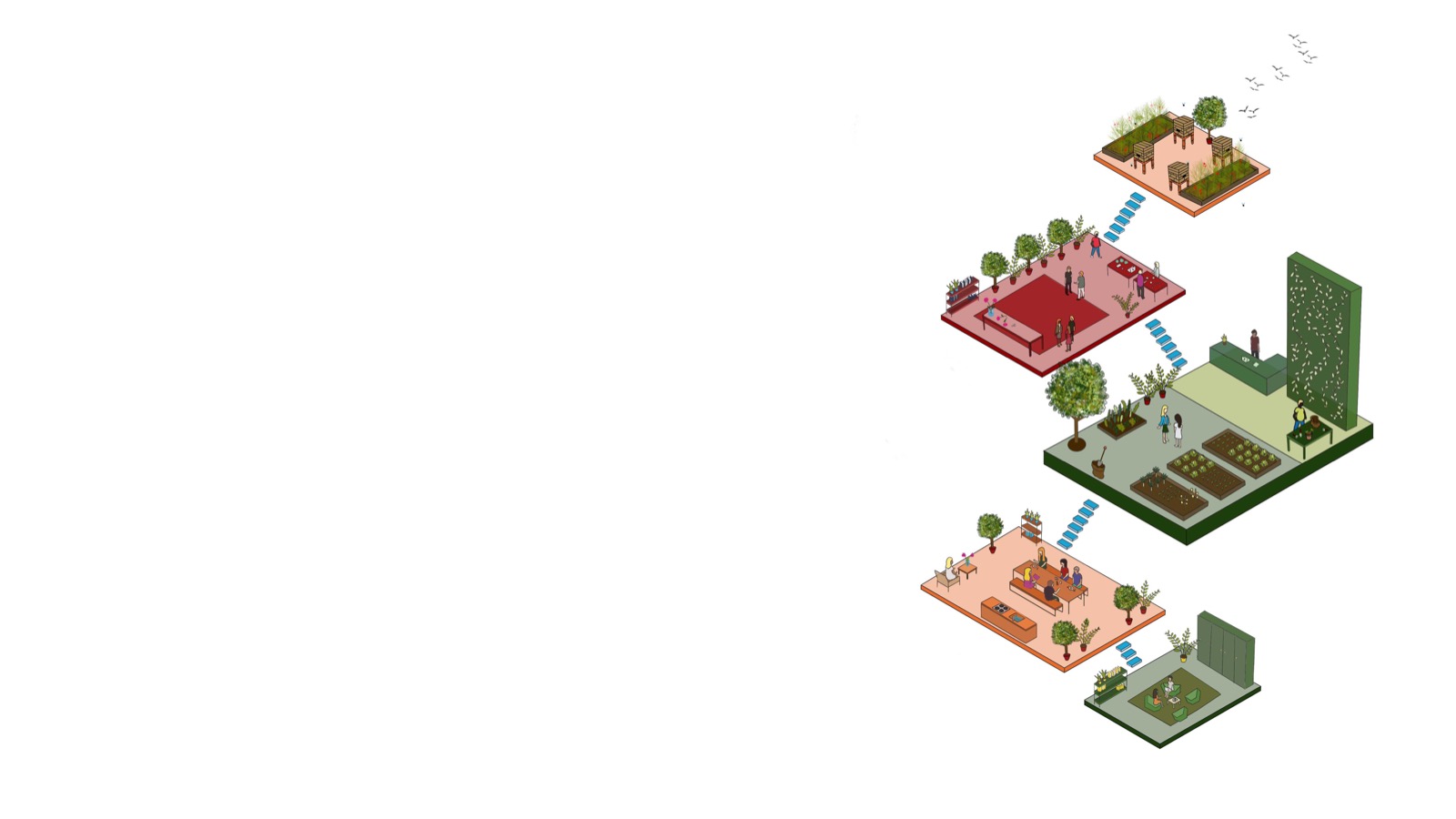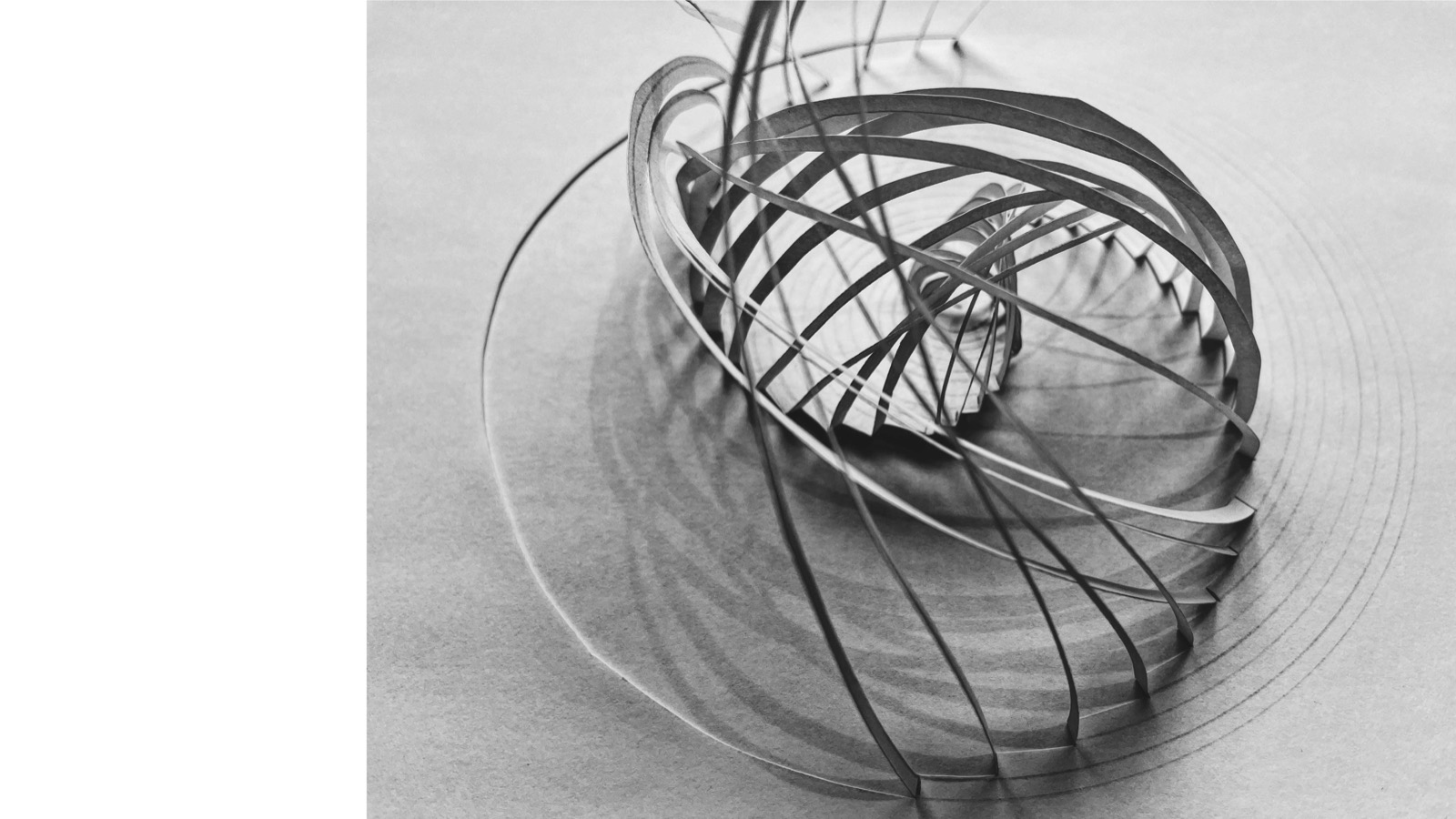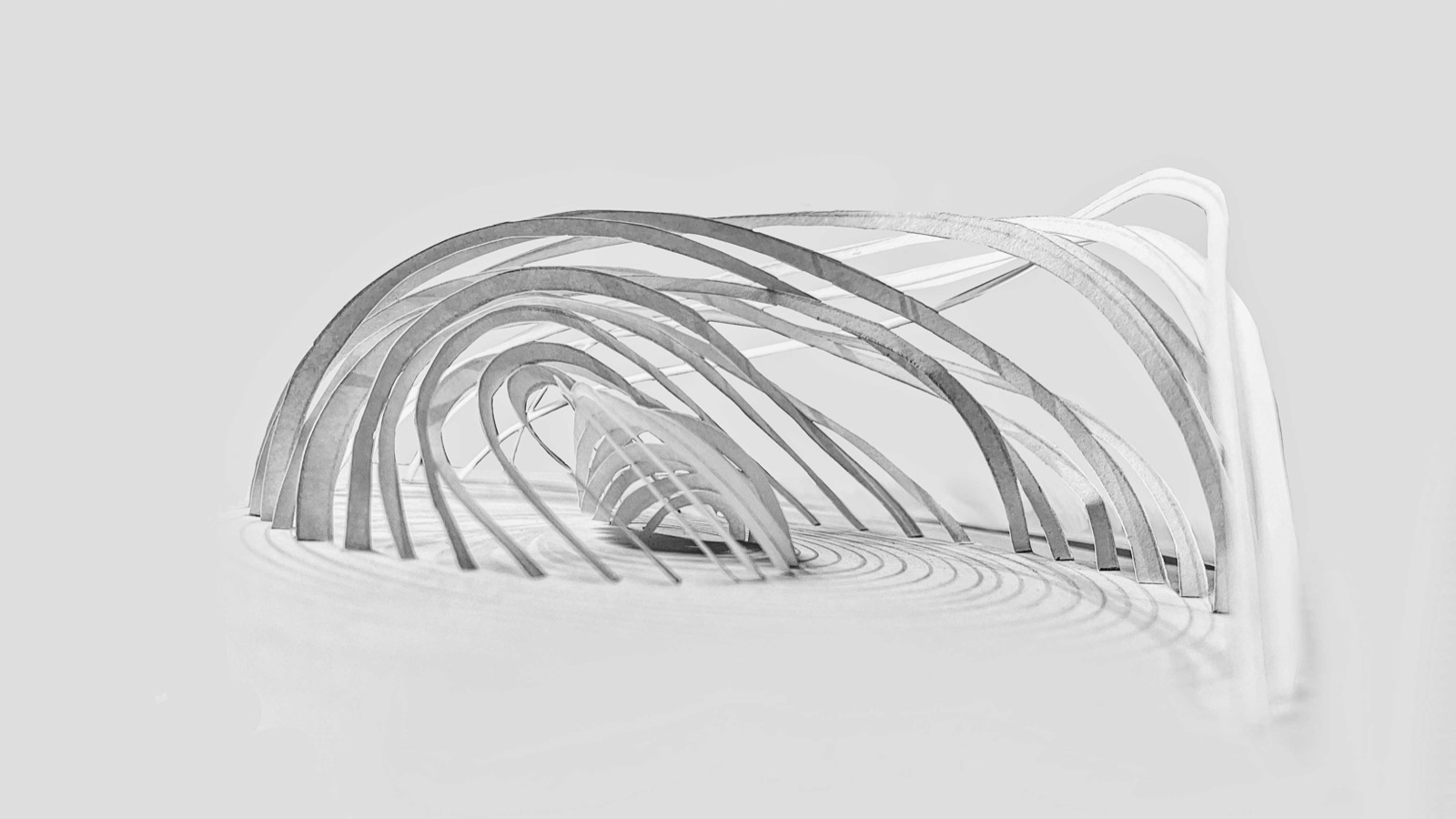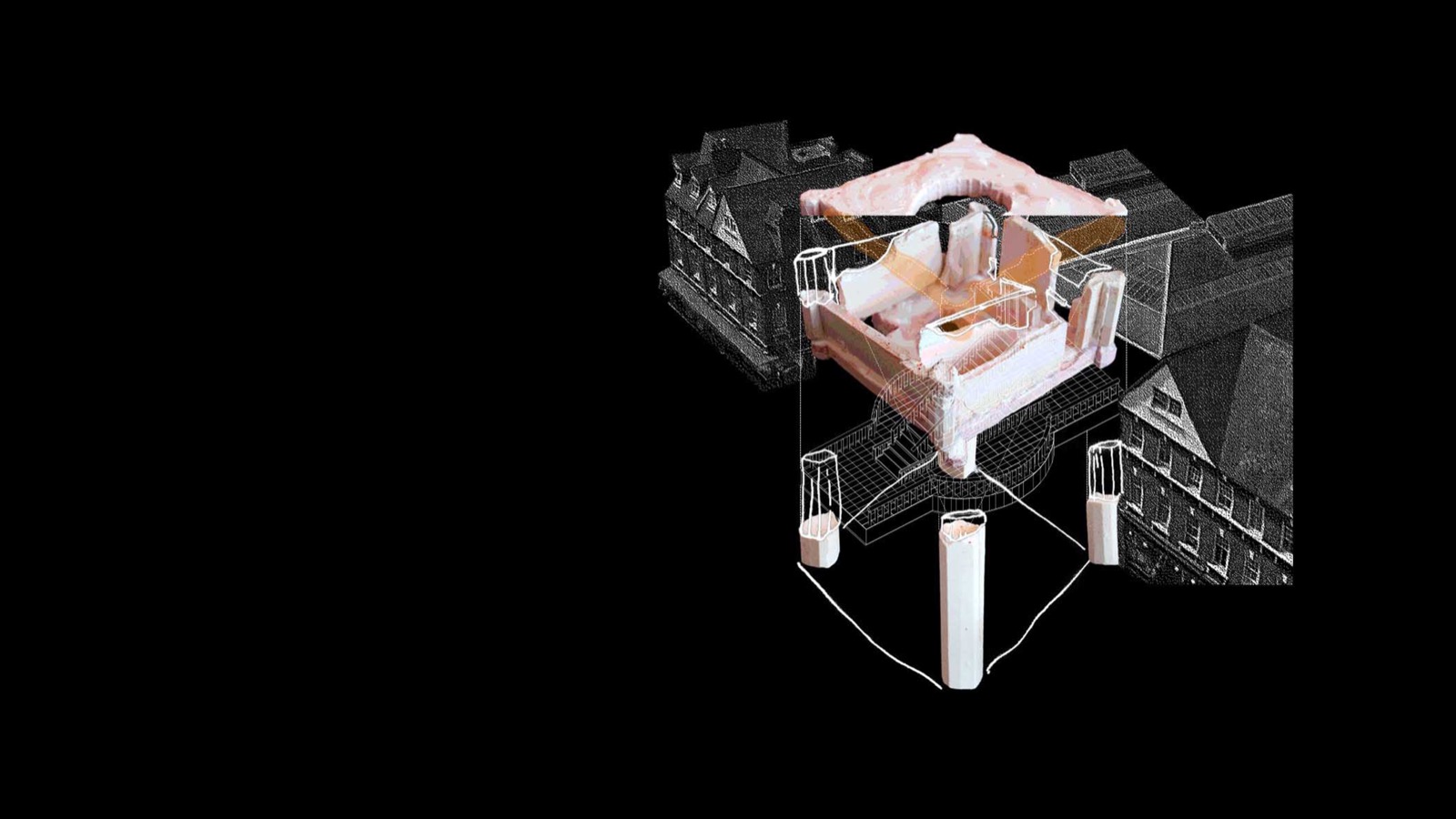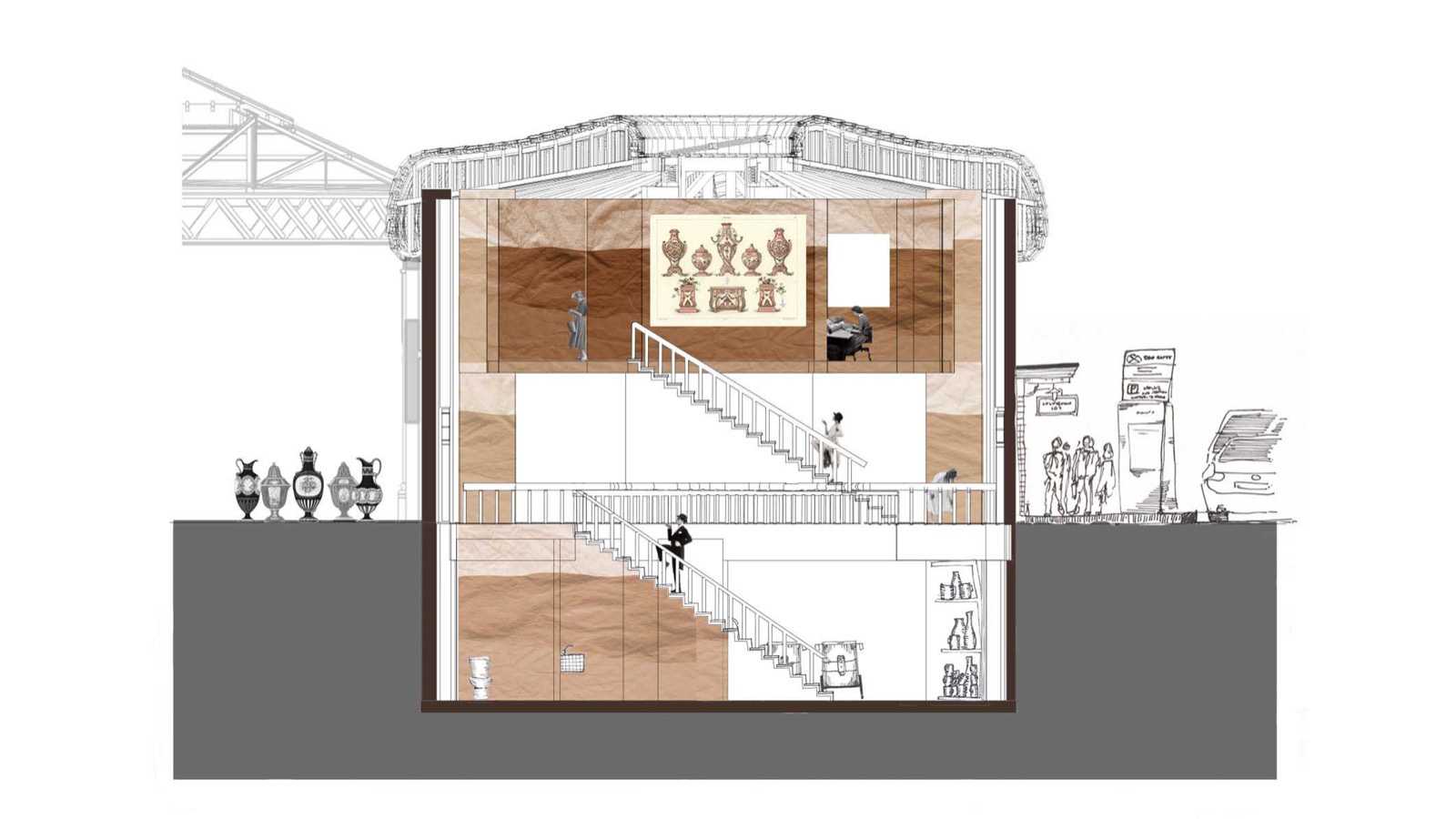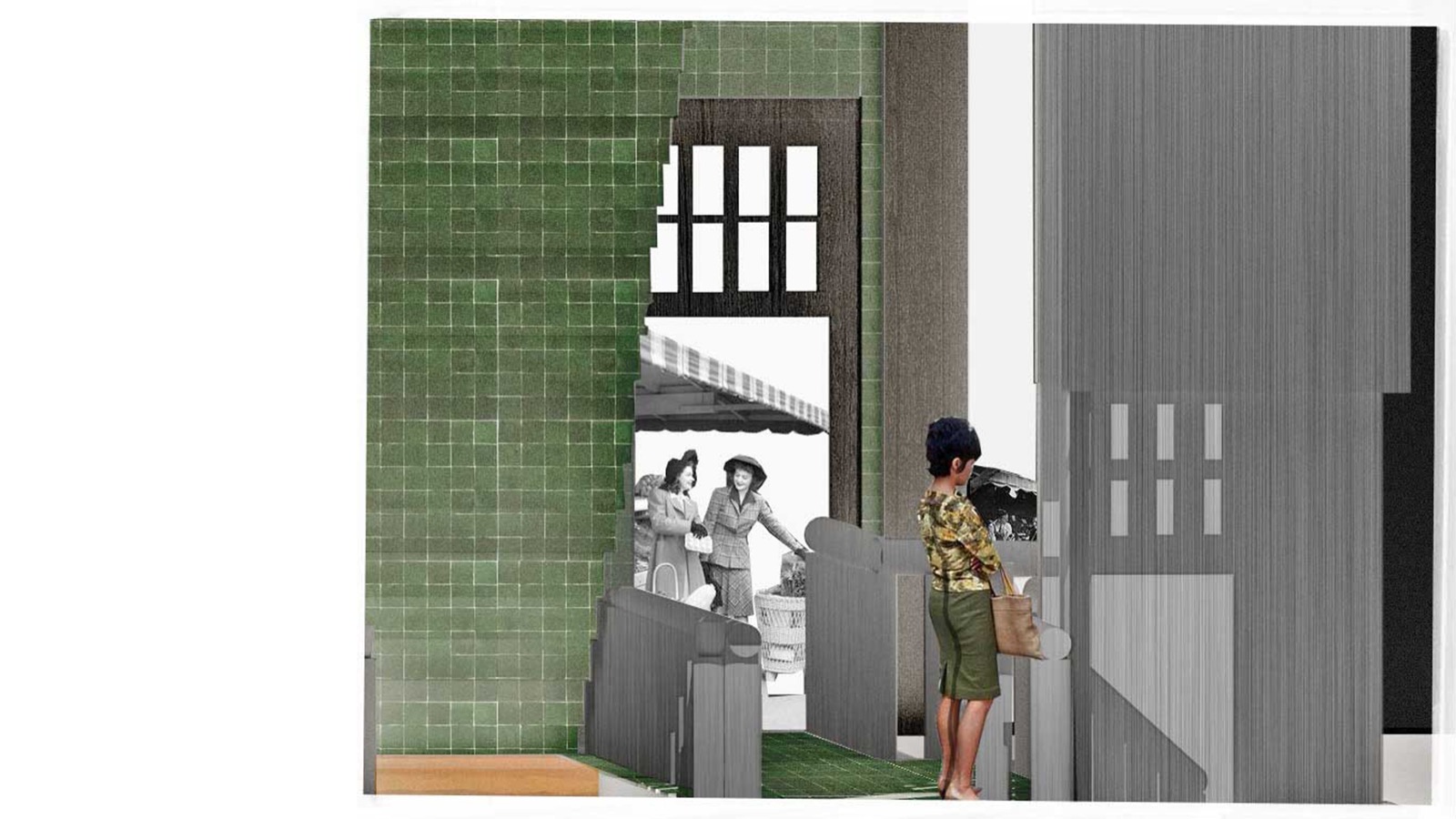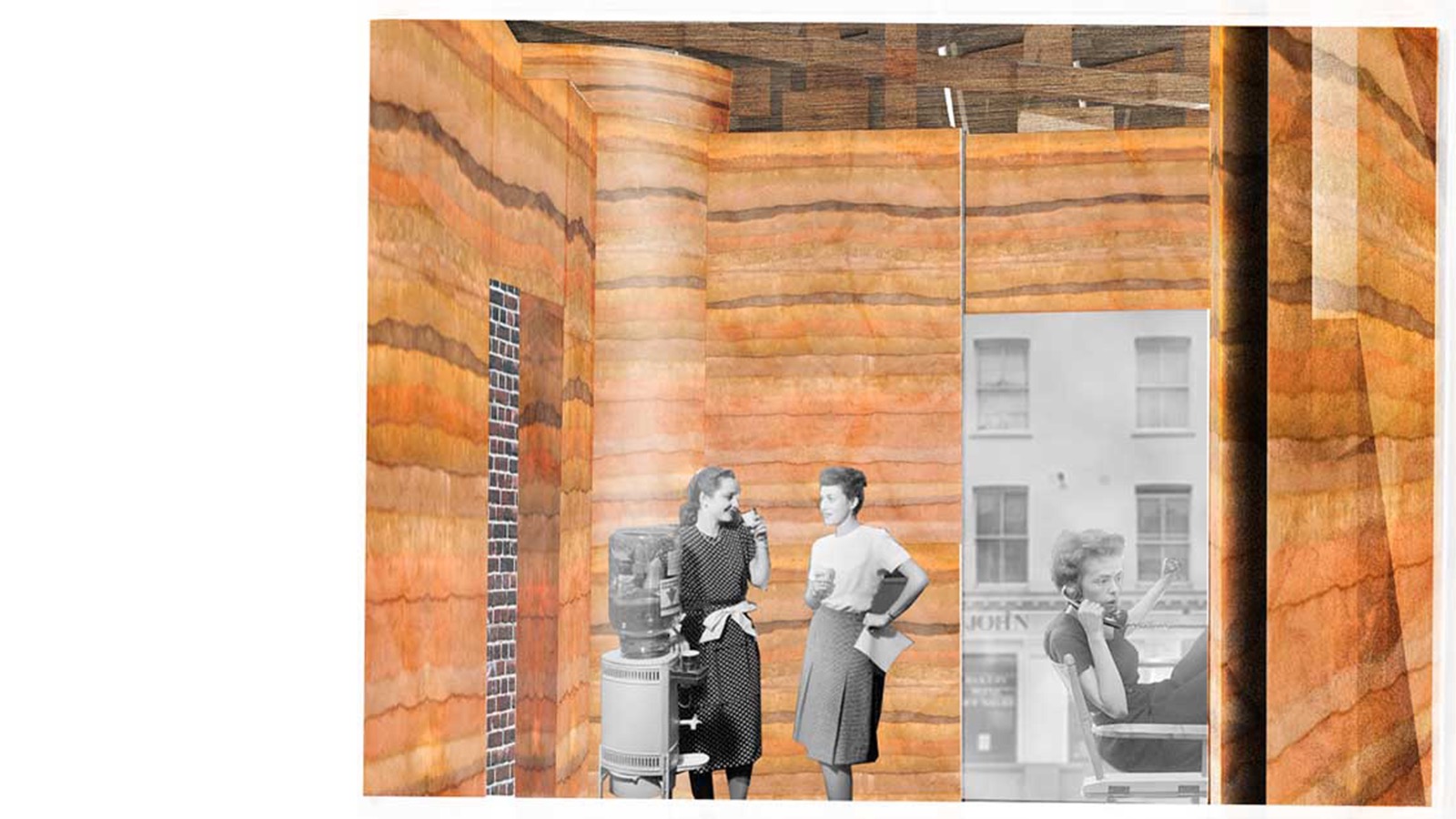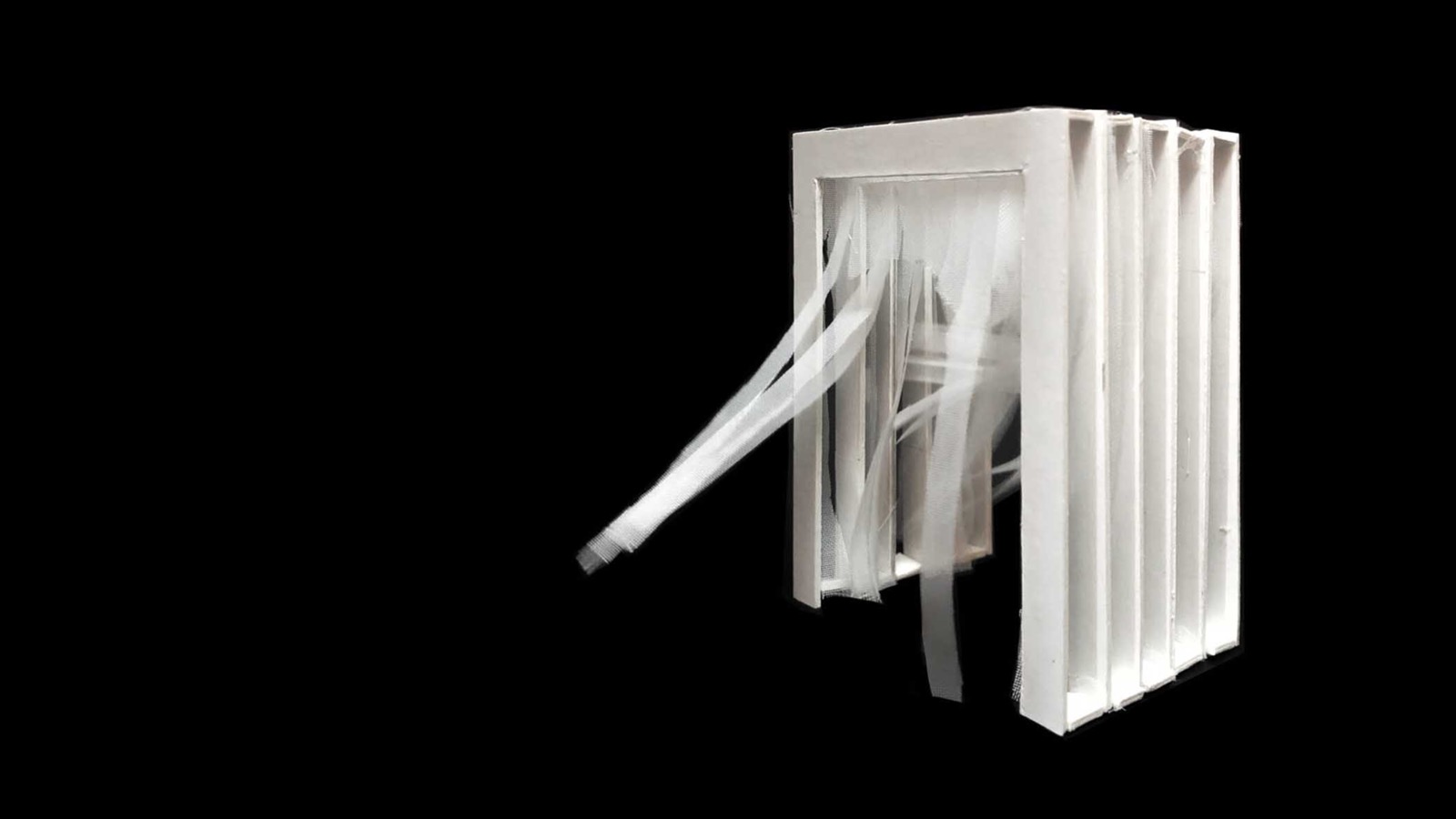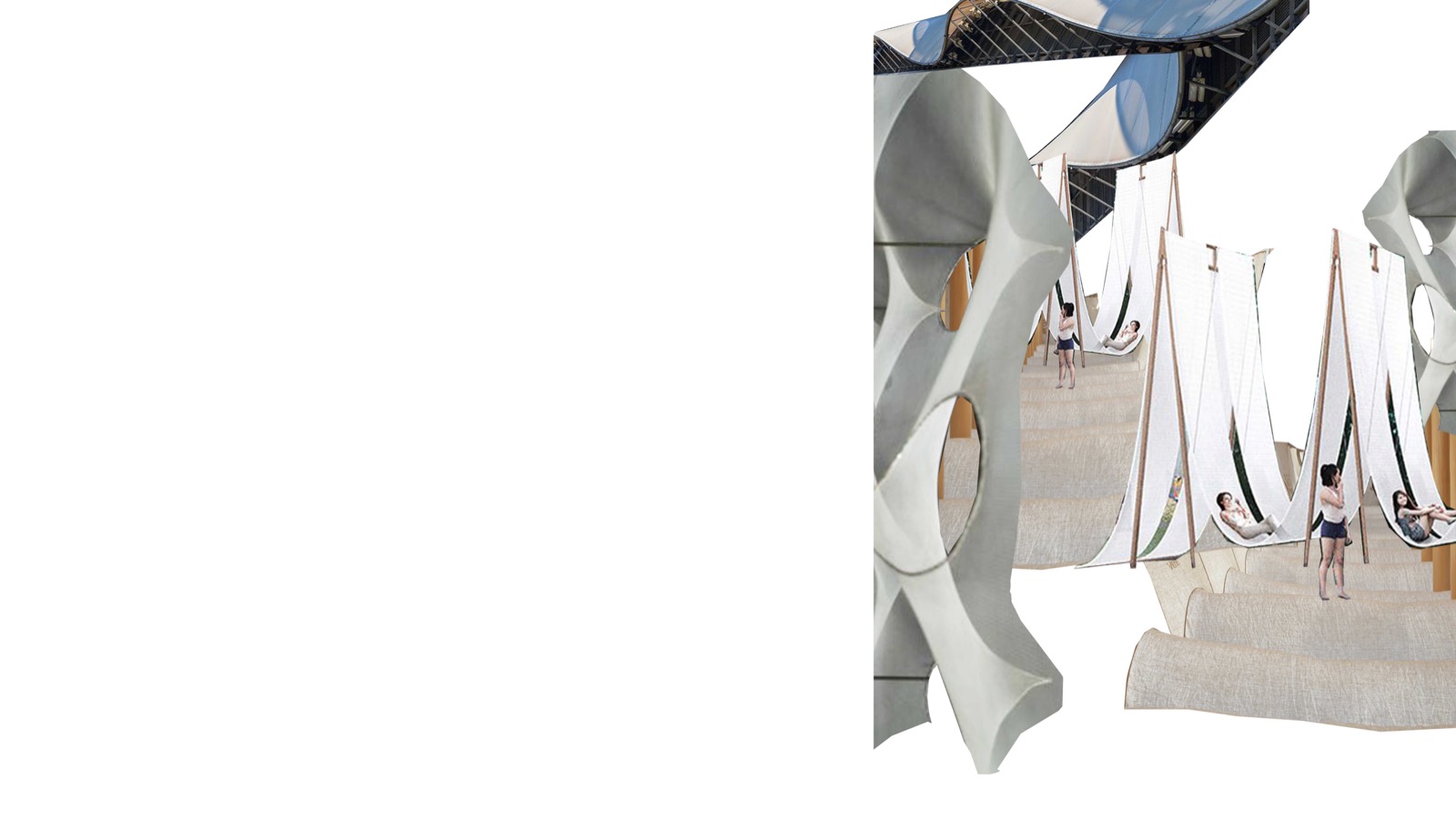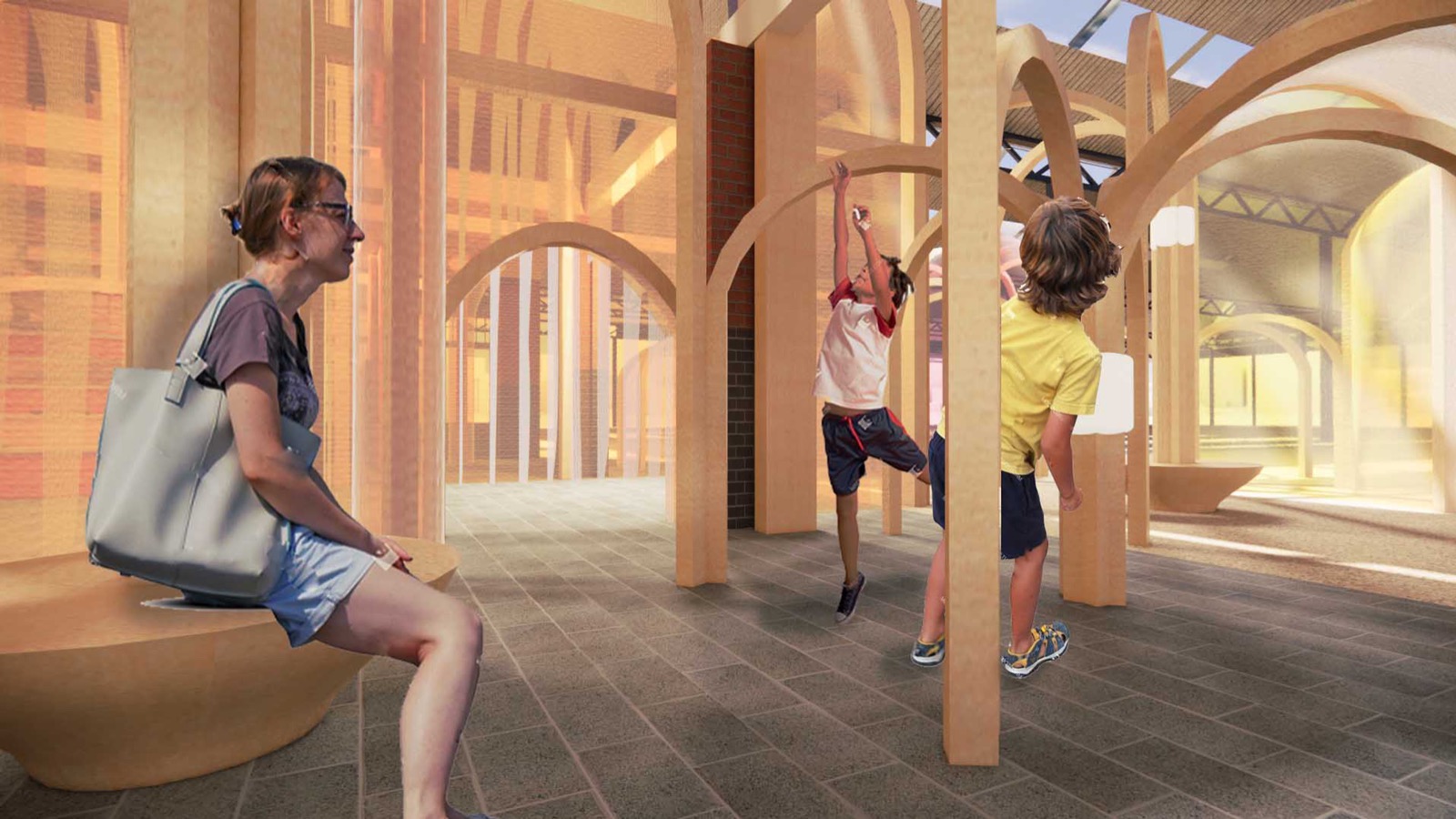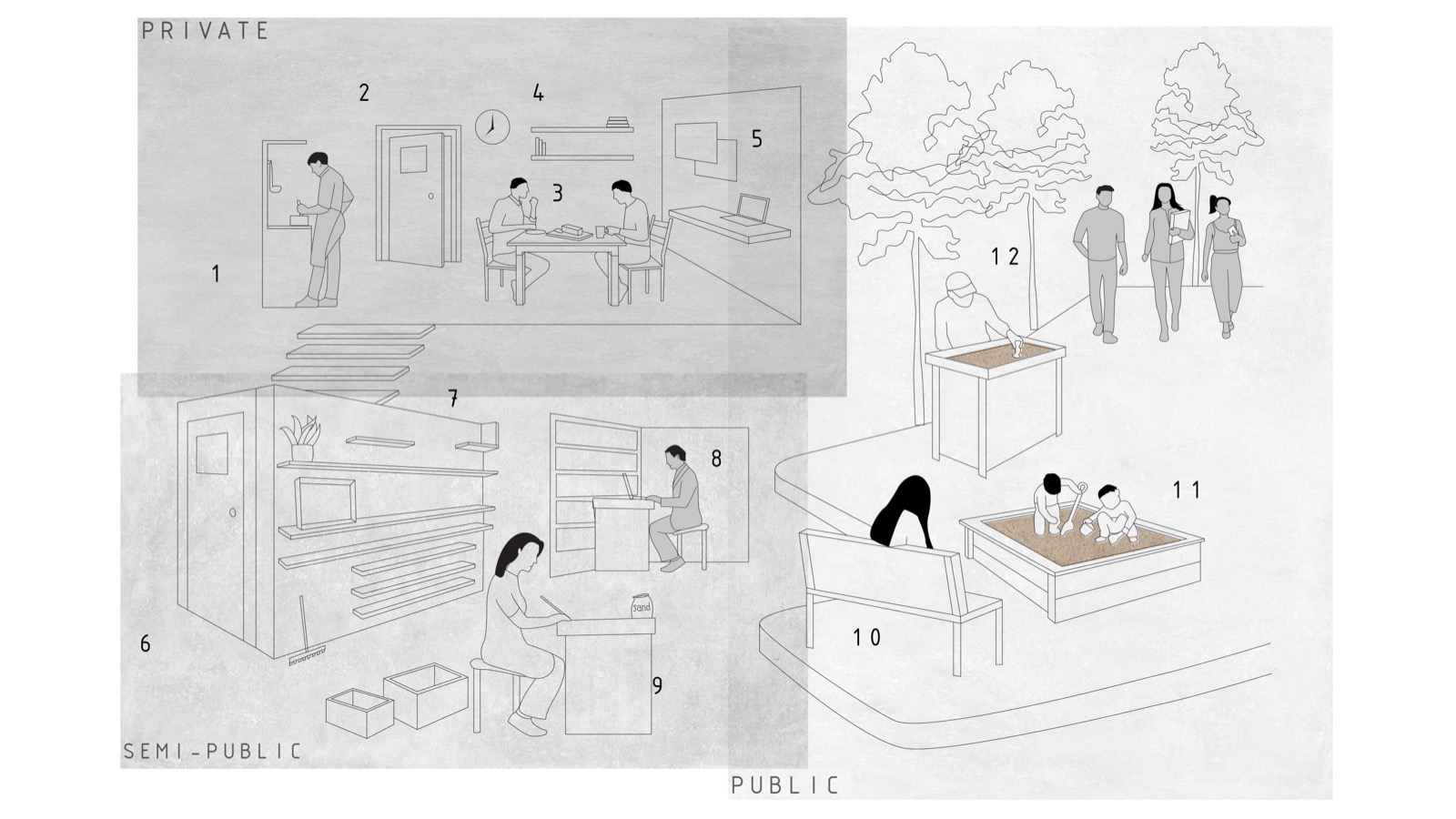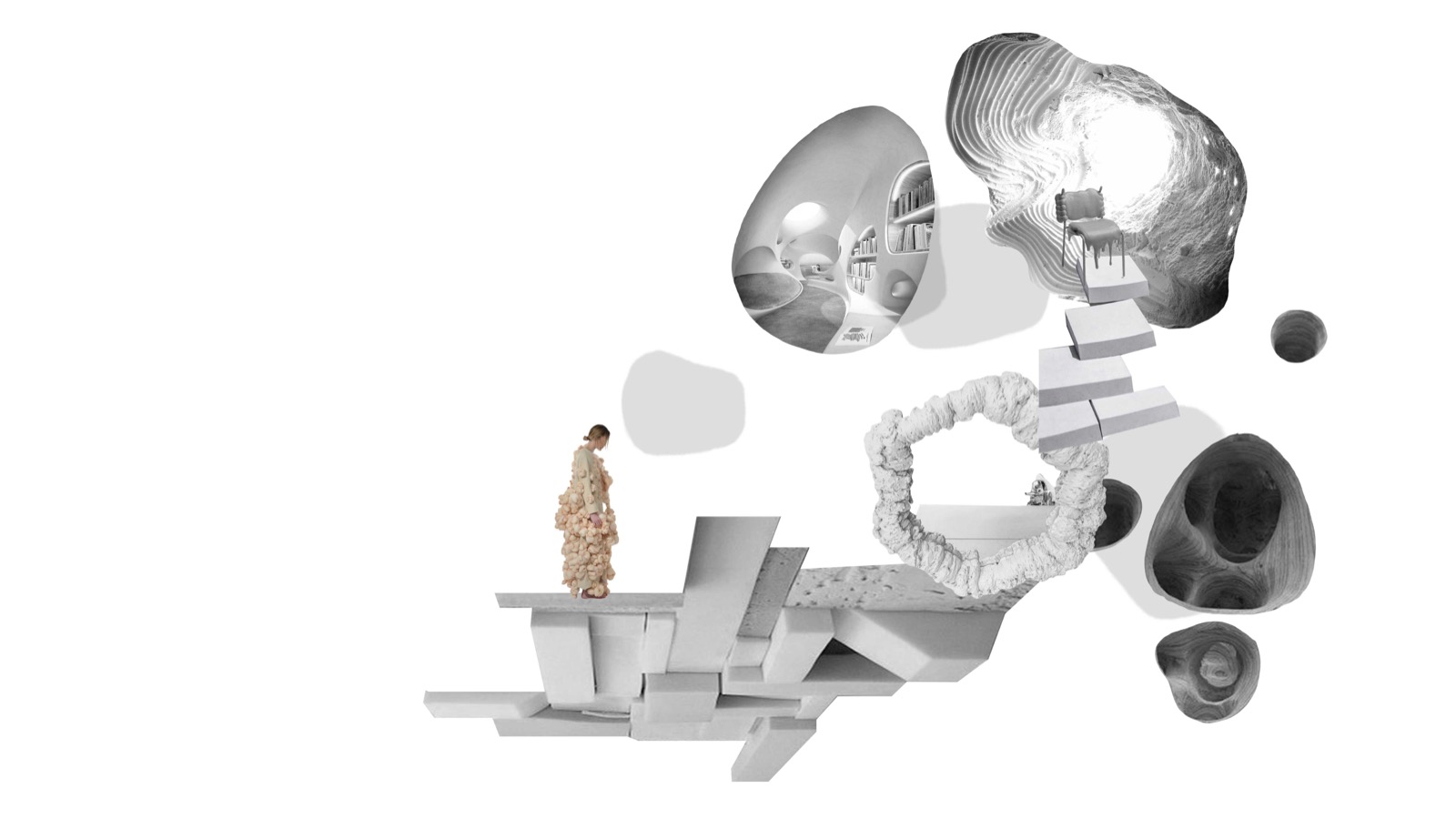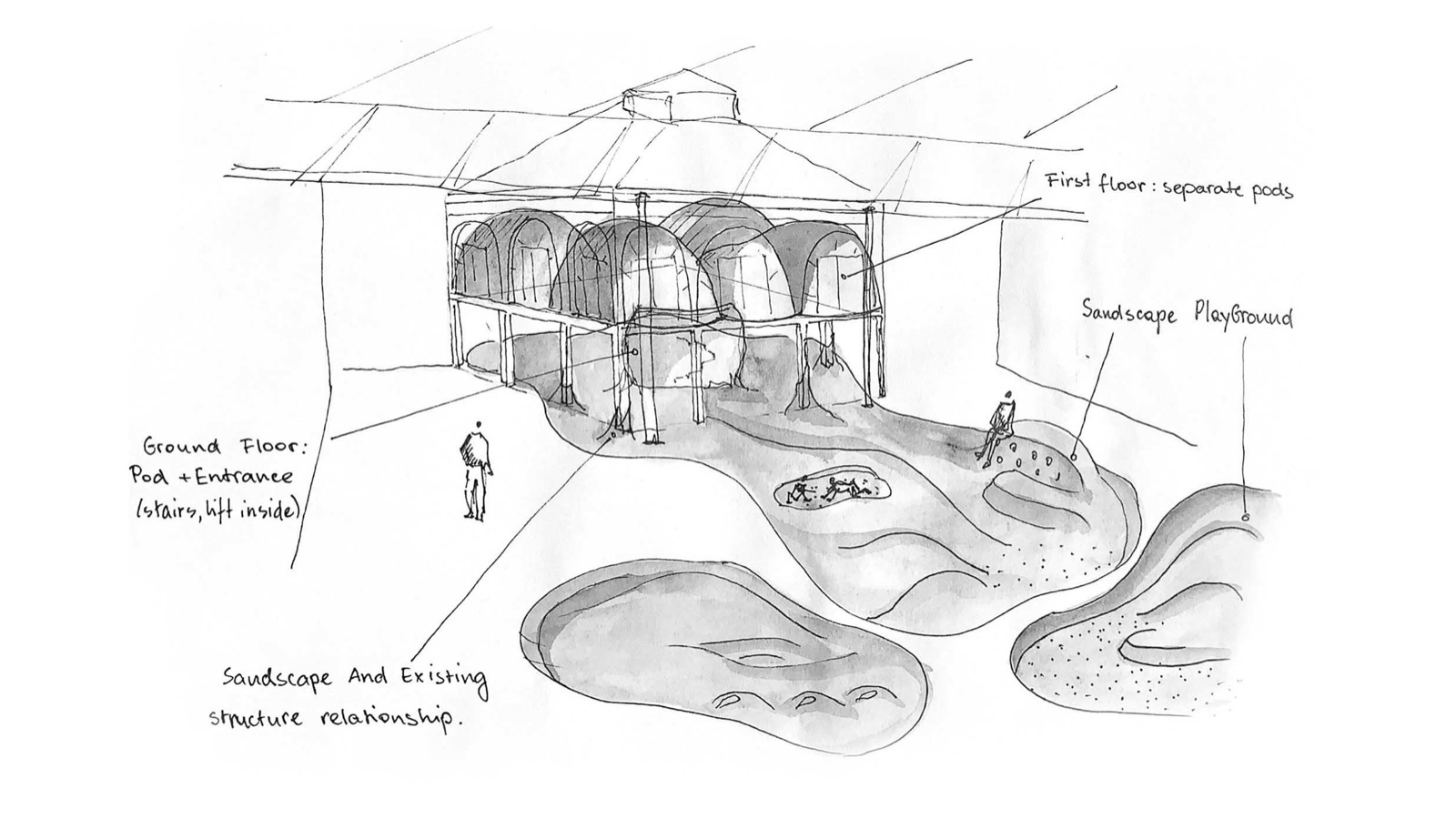Interior Architecture Year 2 ARCHIVE
Tutors: Chloe Van der Kindere (Year Leader), Dr Alessandro Ayuso, Sophie Ungerer, Jamie Whelan and Fiona Zisch
Dr Alessandro Ayuso is Senior Lecturer whose studio-based practice and research focus on the intersection of representation, architecture, and the body.
Sophie Ungerer is Senior Lecturer and architect, living, practicing, teaching, drawing and exploring London. Sophie is curious about the threshold between the interior and the city, and the range of scale and atmosphere of ‘internal spaces’ from a domestic setting to public spaces.
Chloe Van der Kindere is Senior Lecturer coming from architectural practice specialising in residential projects. She explores how memory and perception influence domestic place-making.
Jamie Whelan runs his own studio based in London focusing on residential, commercial and community based projects. His work is committed to creating architecture embedded in tradition of craft and making.
Fiona Zisch works across architecture and neuroscience. Her research uses 3D scanning, biosensing, and immersive VR technologies.
Culture and Alteration, Material and Detail
In Second Year, our interior students explored the design potential of ‘Work Hard – Play Hard’. This year we had to reconsider our living habits in response to the pandemic. The restrictions have altered the spaces and patterns of our work/social/family lives. Boundaries have been blurred and new habits were developed. This was a fertile ground for us to explore further.
In Semester 1, we looked specifically at the new territories we had carved out to work in. Whether it be our family dining tables, our bed, our garden shed, we have all had to be creative. We carefully surveyed these new spaces and reflected on how these worked with our personal design practice. We consider boundaries and the environments we required. With this information we started to develop ideas on how we could amend and improve our WORKSPACES wo better suit our creative needs. We designed spatial devices to support our individual work practice within our homes.
Semester 2 was an opportunity to go back into the city and consider ways to better support our community through PLAY. This started with an exploration of different forms of play. We researched a variety of charities and projects using play to empower, teach, bond and help members of our communities. We designed spaces to support our chosen project within Spitalfields Market, London. This urban landscape was tested, carved, bent and extended to create play spaces to nurture and challenge those around us.










